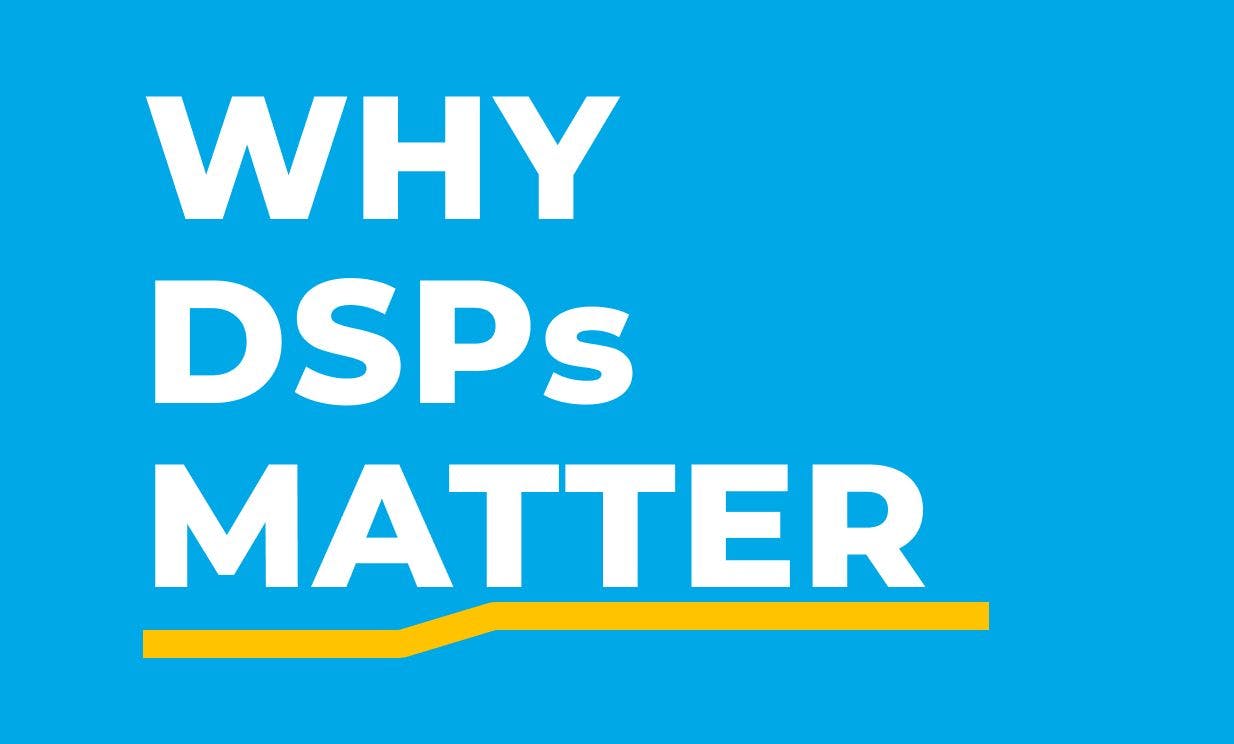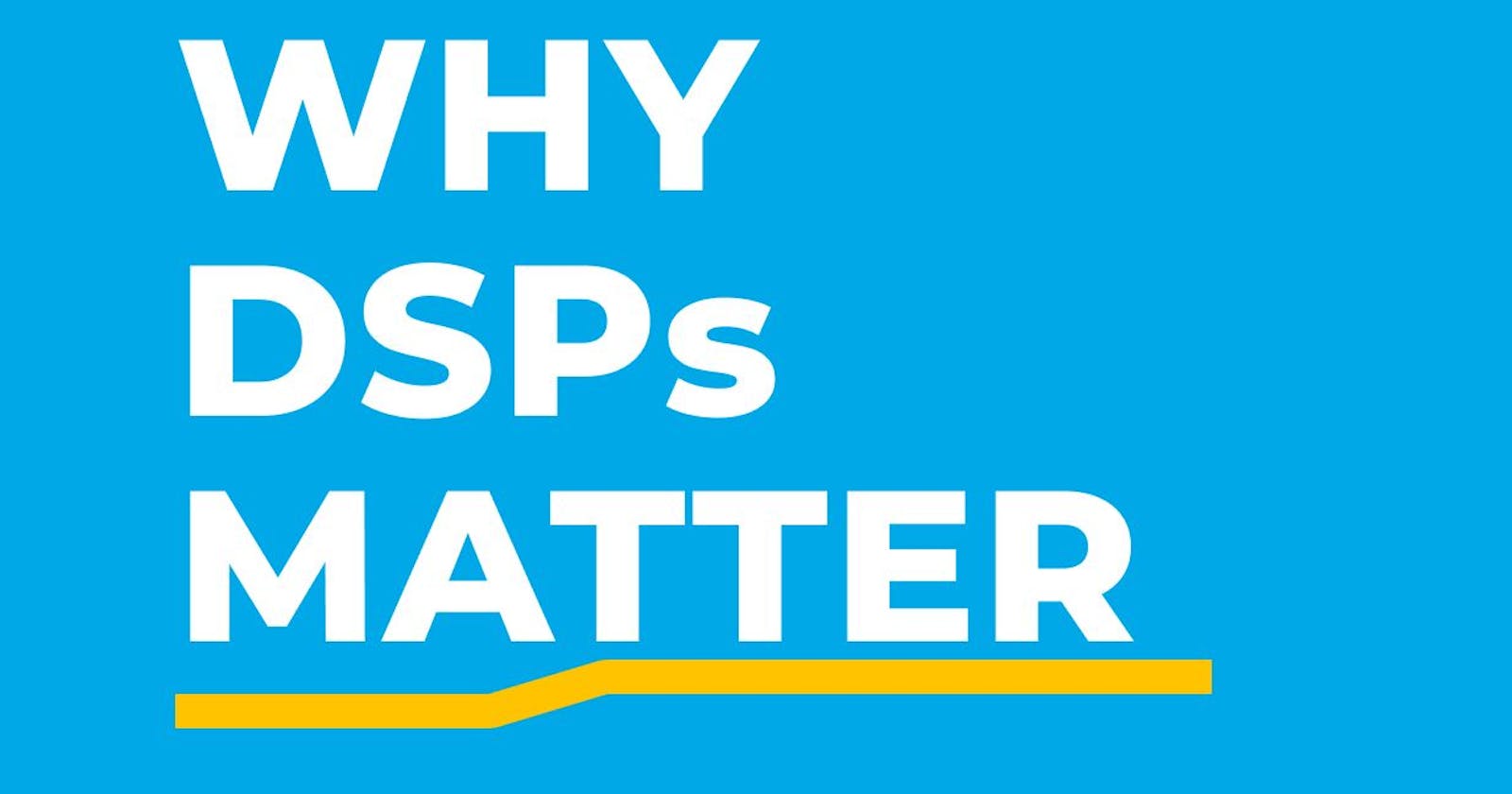
The demand side platform (DSP) is the most important component in a demand-side programmatic campaign. This article will help you understand what DSPs are and how to choose the best one for your needs.
Programmatic buying is an automated way of buying digital advertising inventory through ad exchanges, targeting audiences based on data collected about them online or from other sources. The demand-side platform (DSP manages this process by finding ads that meet defined criteria, then placing bids to buy them at the right price when they become available.
This article discusses some of the factors that should be taken into account when choosing a DSP, including pricing models, data access levels, and team experience with various types of campaigns. We’ll also explain the different types of demand-side platforms available to advertisers, including demand-side programmatic buying, demand-side aggregators, demand-side platform as a service (DSPaaS), and demand-side management service.
Each type of demand-side platform has unique advantages that could be important to you depending on your business goals.
What is a demand side platform (DSP)?
A demand-side platform (DSP) is a software tool for digital advertising. A DSP takes digital advertising inventory and bids on it based on data about who should see it. It's the only component you need to make your programmatic campaign work.
To decide which DSP to use, you first need to think about how much data and other resources you're willing to share with other parties and the other factors that matter to your business goals. Then, look at the different types of demand-side platforms that are available: demand-side programmatic buying; demand-side aggregators; demand-side platform as a service (DSPaaS); and demand-side management service.
Why should I choose a demand-side platform for my campaign, and what are the different types of demand-side platforms available to advertisers today?
When it comes to advertising, there are a lot of choices to make. And if you're not familiar with the different types of Demand Side Platforms (DSPs) available today, it can be tough to decide which one is right for you. In this article, we'll take a look at what DSPs are and why you might need one for your next campaign.
DSPs are platforms that allow you to buy advertising space "programmatically." This means that you can target specific users based on their interests, demographics, and other factors. DSPs differ in the data they offer, pricing, and other features that can really affect how your ads are targeted and delivered. So it's important to do your homework before you start to narrow down your options.
First and foremost, it's important to understand that there are two types of DSPs: Demand Side Platforms (DSPs) and Supply Side Platforms (SSPs). The biggest difference between the two platforms is who runs them; DSPs run demand-side while SSPs run on the supply side. The other major difference is that SSPs are usually reserved for advertisers with larger budgets while DSPs can be used by anyone from a small business all the way up to large companies and agencies. It's also worth noting that many DSPs have the capabilities of an SSP so it's important to look for which features you need before signing on any dotted lines.
One major feature of DSPs is that they offer data targeting, which means that if the advertiser knows a user's interests then ads can be targeted to those specific groups. This allows advertisers to "narrow their audience" with greater accuracy and it also helps them obtain different types of users. For example, if an advertiser has a certain targeted audience in mind then they can find it more easily with the help of DSPs data targeting capabilities.
Another benefit that DSPs offer is "optimized CPM." This means that advertisers can buy ad space while minimizing wasted ad spend by only paying for ads that have been shown to actual users. This helps the advertiser save money by only paying for ads that have been seen and help cut down on any wasted ad spend. It also means that advertisers can find out what times of day, days of the week, etc., their target audience is most likely to view their ads.
If you want to get more detailed ad targeting for your campaign, then a DSP can help you get there. Many DSPs offer custom segmentation and audience-based buying that allows advertisers to target users with specific interests, preferences, and other traits. These features allow the advertiser to combine data like gender, age range, location (i.e. in-market or in-demographic), device types, in order to find the most relevant audience for their ads.
One of the biggest reasons that advertisers choose DSPs is because they offer access to broader audiences, which means higher volumes of users to choose from when making buying decisions. Depending on what type of advertiser you are, this could mean that you'll need to run across multiple DSPs if they have different inventory partners. But having access to many audiences, over many devices, at the same time can be incredibly powerful.
Another big benefit of using a demand-side platform is that it allows advertisers to automate their advertising so they don't have to constantly monitor their campaigns. Some DSPs even offer real-time bidding (RTB) so advertisers can buy ad space right away, through an automated system. This means that once the campaign is up and running, the advertiser doesn't have to worry about it anymore because they can set automatic rules or parameters to be met in order for ads to be shown.
The good news is that DSPs exist because advertisers demand them, and there are a number of them to choose from. The bad news is that we haven't even mentioned half of the features and benefits they offer and describing everything would take an entire novel! But if you've done your research and understand what you're looking for in a DSP, then you're already well on your way to making the right choice for your programmatic advertising.
Which demand-side platform is right for you based on your business goals?
When it comes to choosing a demand-side platform, it's important to first understand your business goals. What are you trying to achieve with your advertising? Once you know that, you can start looking at the different features and benefits of each DSP to see which one will fit those goals best.
For example, if you're looking for a platform that offers more detailed ad targeting, then you'll need to find a DSP that has that capability. Or if you're looking for a platform that can help automate your advertising, then you'll want to look for one that offers RTB.
It's also important to consider the size of your business. If you're a small business, then you might not need all of the bells and whistles that come with some of these platforms, or you might not have the budget for them. But if you do need those features, then make sure to look for a DSP that can give your business what you're looking for.
When choosing an ad platform it's important to understand what type of advertisers are out there and what they can offer.
eXelate Media is a demand-side platform that lets advertisers buy display advertising across 10,000 publishers in one place. They also offer access to premium ad inventory from eXelate's proprietary data exchange.
GumGum is an automated platform for real-time bidding (RTB). They offer bid optimization, water-falling, and access to millions of premium ads.
Sovrn is an open marketplace that lets advertisers buy across 100+ supply-side platforms (SSPs) and data partners in one place.
Google DBM is a second-price auction exchange for mobile web and mobile app inventory. They also offer demand-side platforms for desktop and mobile video.
These are just a few of the many different DSPs out there, but it's important to look at each one so you can understand what they have to offer. As mentioned above, some will have more unique features than others, so it might be worth your while to ask your digital team which DSP they recommend.
Before you make a decision on a demand-side platform, it's important to know what sort of data is available, as well as the cost involved.
The demand-side platform (DSP) is one of the most important pieces to any successful campaign. There are many DSPs out there, and it can be difficult for marketers to know which will work best with their goals. As you’re trying to select a new programmatic advertising partner or deciding how to optimize your current campaigns, take some time now before making this decision so that you don’t regret it later on. If you want help choosing the right DSP based on what data they offer, pricing or other features then feel free to shoot me a message. I'd love to help you make that decision.
Cheers,
Keegen

